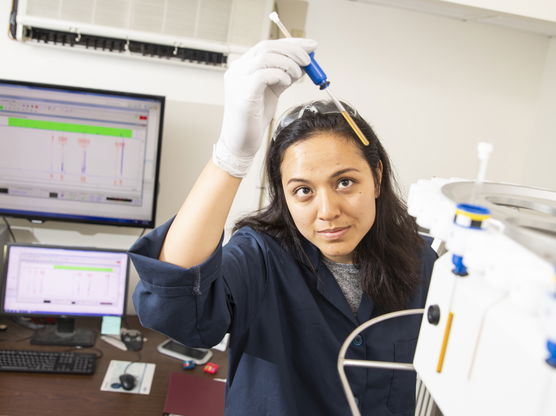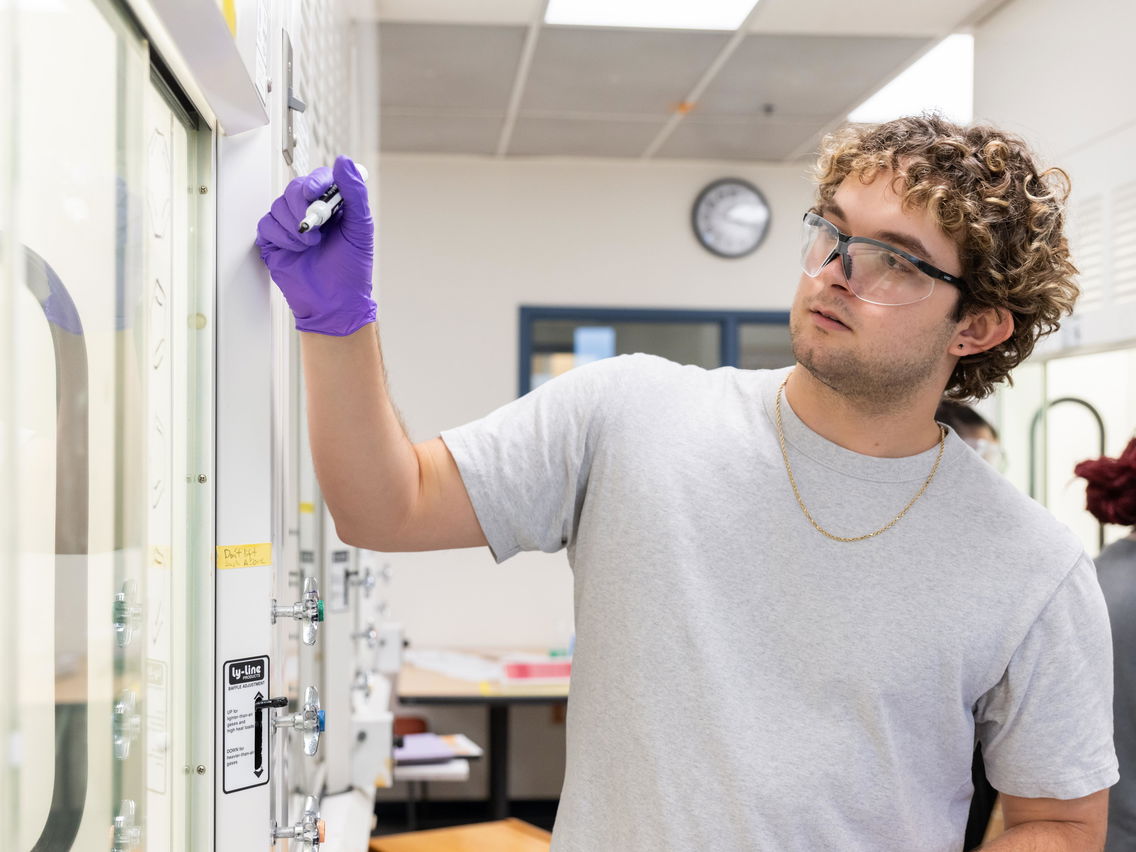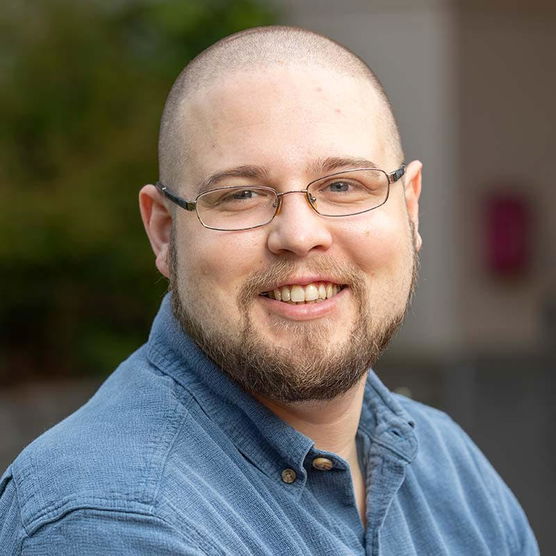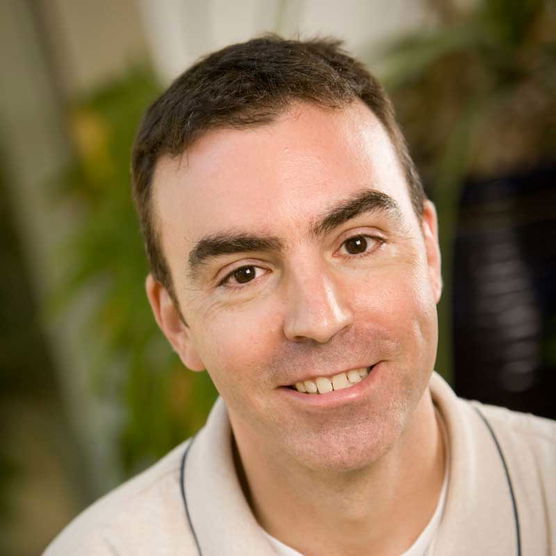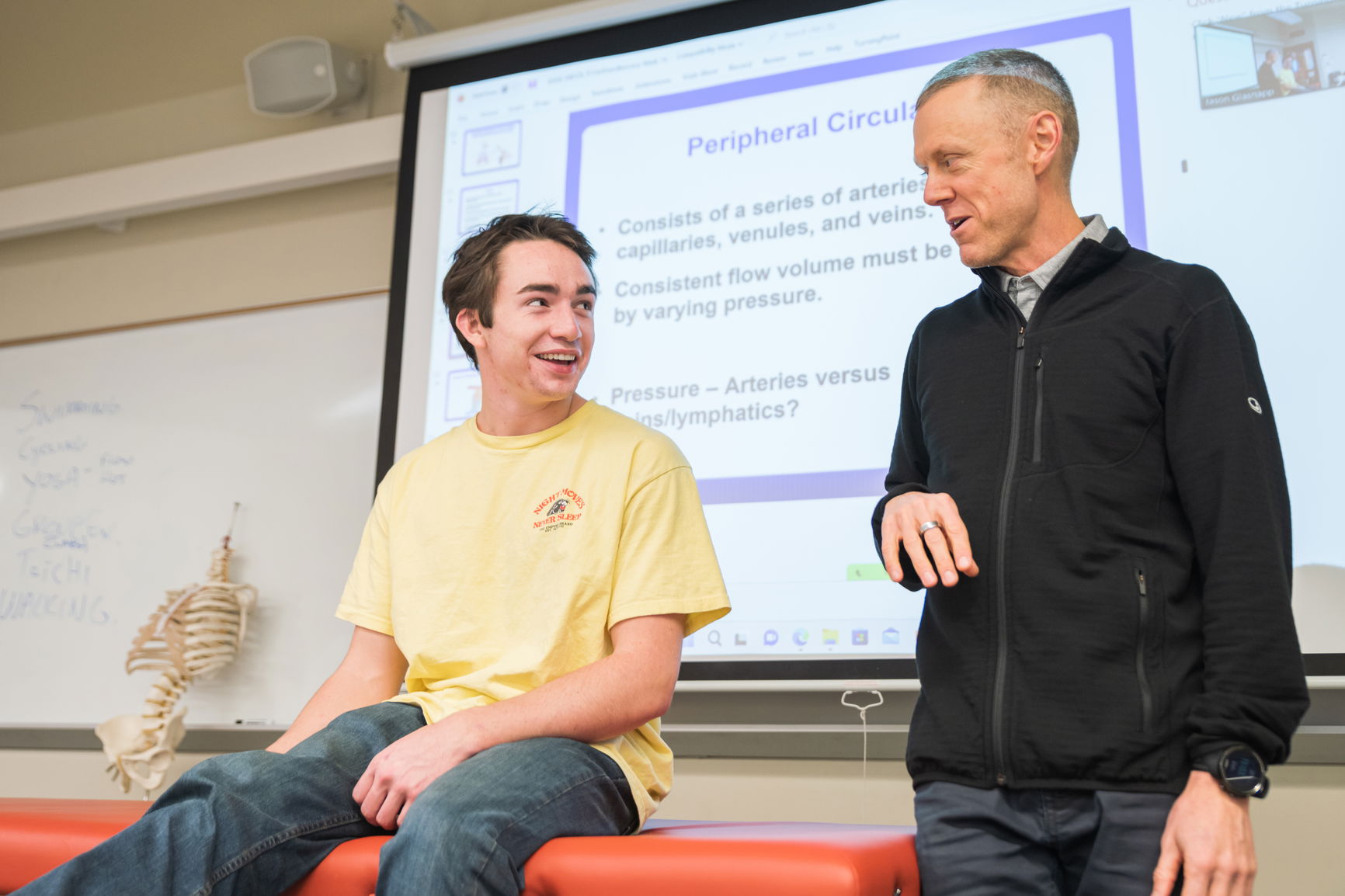Become a strong candidate for graduate and professional programs (including medicine, physical therapy, dentistry and nursing) or prepare to go directly into a career in a wide variety of health professions while embracing a liberal arts education. Gain highly valuable skills that can be applied to any career in the health professions. Take courses in biology, chemistry, public health, exercise and health science, physics, and psychology to develop a wide skillset. Pre-health students can take advantage of collaborative research opportunities, pre-health events, and impactful student organizations.
Why Choose Pre-Health at Willamette?
- Dedicated support all around. Willamette offers a committee of advisors, each specializing in particular career paths in the health professions. Receive advice from faculty members and staff who know the industry and can provide application support. Work with them and discuss the realities of a career in your chosen field.
- Learning outside the classroom. Join student organizations like the Health Professions Club, Willamette Emergency Medical Services (WEMS), and service clubs like Burning Bright. Connect with other students and gain valuable exposure and experience.
- A close relationship with professors. Willamette offers small class sizes. Not only will you work closely with professors, but you'll learn from them through mentorship. You’ll have the opportunity to work with faculty members on research projects and collaborate in independent research.
